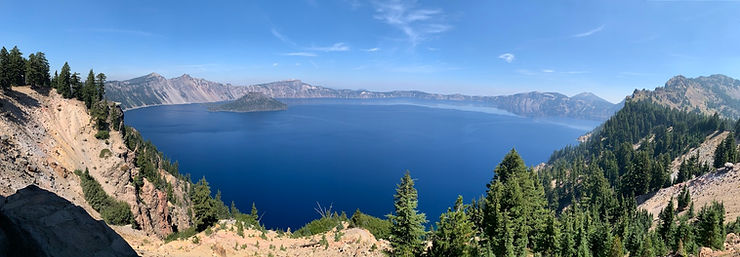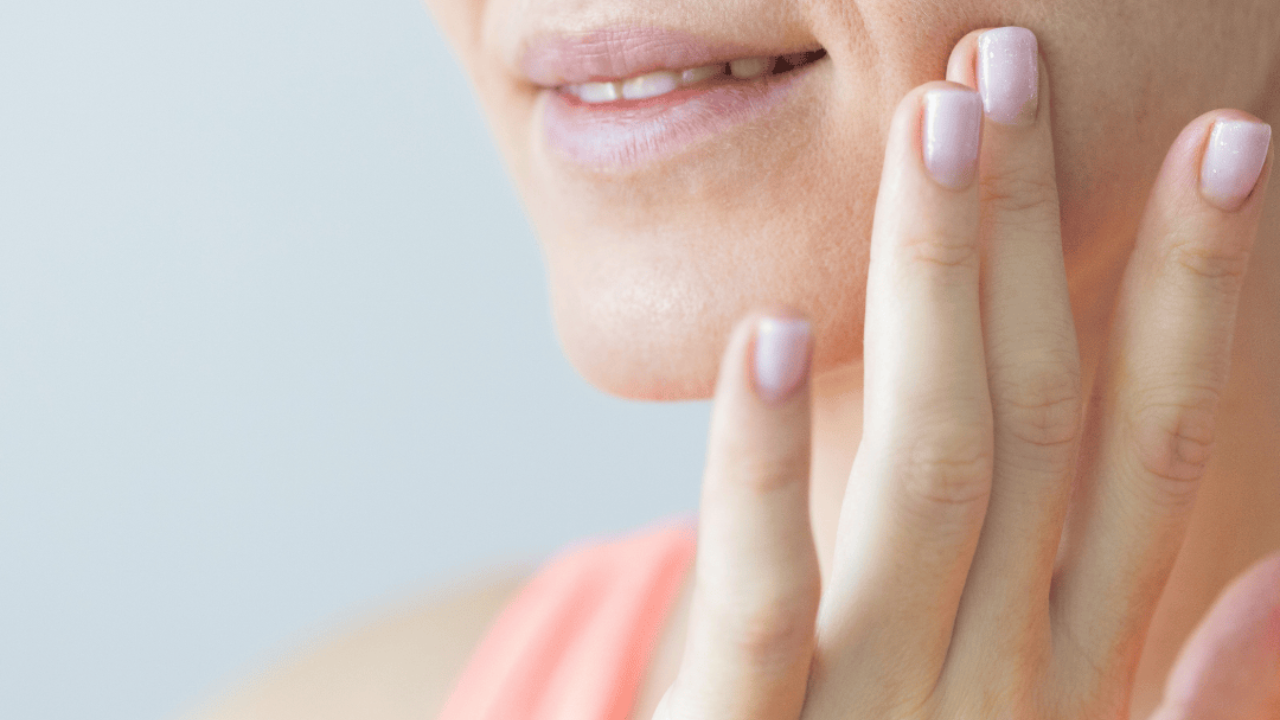
UV Safety: Why Nevada's High Altitude Increases Skin Cancer Risk
Jul 05, 2025Living in Nevada offers stunning mountain views, clear skies, and abundant sunshine. However, what many residents don't realize is that our state's high altitude significantly increases the risk of skin cancer. As Nevada dermatologists, we see firsthand how elevation affects skin health, and we want to help you understand and protect yourself from these heightened risks.
Nevada is one of the most mountainous states in the US, with an average elevation of approximately 5,500 feet above sea level. Major cities like Reno sit at about 4,500 feet, while Las Vegas, though lower at 2,000 feet, is still significantly elevated compared to coastal areas. This elevation creates a unique challenge for skin health that many residents underestimate.
The science is clear: for every 1,000 feet of elevation gain, UV radiation increases by approximately 10-12%. This means that in Reno, residents experience roughly 50% more UV radiation than someone at sea level, even on the same day with identical weather conditions.
At higher elevations, the atmosphere becomes thinner, providing less natural filtration of harmful ultraviolet (UV) rays. The protective ozone layer that absorbs much of the sun's dangerous radiation is further away, allowing more UV-A and UV-B rays to reach your skin.
Increased UV Reflection
Nevada's landscape compounds this problem. Our state's terrain includes:
-
Snow-covered mountains that reflect up to 90% of UV rays
-
Desert sand that reflects 10-25% of UV radiation
-
Rocky surfaces that bounce additional UV rays toward your skin
This means you're receiving UV exposure not just from above, but from reflected rays hitting you from multiple angles.
Deceptive Weather Conditions
High altitude locations often feel cooler due to lower air pressure and temperature, creating a false sense of security. You might not feel the sun's intensity, but the UV radiation is actually stronger. Cloud cover at high altitude can also be misleading – up to 80% of UV rays can penetrate light clouds. 
Nevada's Skin Cancer Statistics: A Growing Concern
Recent data shows that Nevada has one of the highest rates of skin cancer in the United States. The American Cancer Society reports that Nevada residents face:
-
25% higher rates of melanoma compared to the national average
-
Significantly elevated rates of basal cell and squamous cell carcinomas
-
Earlier onset of skin cancer symptoms in high-altitude residents
These statistics aren't just numbers – they represent real people in our communities who could have prevented their diagnosis with proper awareness and protection.
While high altitude affects everyone, certain factors increase your risk even further:
-
Fair skin, light hair, and light eyes
-
History of sunburns, especially in childhood
-
Family history of skin cancer
-
Numerous moles or atypical moles
-
Outdoor occupation or lifestyle
-
Previous skin cancer diagnosis
-
Year-round outdoor activities (hiking, skiing, golfing)
-
Reflective surfaces from snow, water, and desert terrain
-
Extended sun exposure during outdoor recreation
-
Assumption that winter sun is "safe"

Essential Protection Strategies for Nevada Residents
Daily Sun Protection Habits
Sunscreen Application: Use broad-spectrum SPF 30 or higher every day, regardless of season or weather. Apply 1 ounce (2 tablespoons) to your entire body 30 minutes before going outside, and reapply every two hours or after swimming/sweating.
Protective Clothing: Invest in UV-protective clothing with UPF (Ultraviolet Protection Factor) ratings. Wide-brimmed hats, long-sleeved shirts, and UV-blocking sunglasses are essential.
Timing Matters: Avoid peak UV hours between 10 AM and 4 PM when possible. Even in winter, these hours pose significant risk at high altitude.
Seasonal Considerations
Winter Protection: Don't let cool temperatures fool you. Snow reflection combined with high altitude creates intense UV exposure. Ski goggles, face masks, and lip balm with SPF are crucial.
Summer Vigilance: Nevada summers demand extra precaution. Seek shade frequently, stay hydrated, and never skip sunscreen, even for brief outdoor activities.
Regular self-examinations using the ABCDE method can catch skin cancer early when it's most treatable:
-
Asymmetry: One half doesn't match the other
-
Border: Edges are irregular, ragged, or blurred
-
Color: Multiple colors or uneven color distribution
-
Diameter: Larger than 6mm (pencil eraser size)
-
Evolving: Changes in size, shape, color, or texture

Professional Skin Cancer Screening: Your First Line of Defense
Annual Dermatological Exams
Nevada residents should have professional skin cancer screenings at least annually, or more frequently if you have risk factors. During these examinations, dermatologists can:
-
Identify suspicious lesions before they become visible to you
-
Monitor changes in existing moles
-
Provide personalized risk assessment
-
Recommend appropriate prevention strategies
-
Perform biopsies when necessary
Advanced Screening Technology
Modern dermatology practices use advanced tools like dermatoscopy and digital mole mapping to detect skin cancer earlier and more accurately than ever before.
Don't wait for your annual screening if you notice:
-
New moles or growths appearing after age 30
-
Existing moles changing in appearance
-
Sores that don't heal within 4-6 weeks
-
Rough, scaly patches that persist
-
Any spot that looks different from your other moles
Early detection dramatically improves treatment outcomes and can often be addressed with simple outpatient procedures.
Treatment Options: Advanced Care Close to Home
If skin cancer is detected, Nevada residents have access to comprehensive treatment options, including:
-
Mohs Surgery: The gold standard for certain skin cancers, offering the highest cure rates
-
Excisional Surgery: Complete removal of cancerous tissue with healthy margins
-
Topical Treatments: For certain early-stage cancers
-
Radiation Therapy: When surgery isn't optimal
-
Immunotherapy: For advanced cases

Living Safely at Altitude: Making Protection a Lifestyle
Creating Sun-Safe Habits
Protecting yourself from Nevada's intense UV exposure should become as automatic as wearing a seatbelt. This means:
-
Keeping sunscreen in your car, office, and home
-
Choosing outdoor activities during safer hours
-
Investing in quality UV-protective gear
-
Teaching children proper sun safety from an early age
Community Awareness
Share this knowledge with family and friends. Nevada's outdoor lifestyle is part of what makes our state special, but we can enjoy it safely with proper awareness and protection.
Your Partner in Skin Health
At Pacific Crest Dermatology, we understand the unique challenges Nevada residents face regarding skin cancer risk. Located in Carson City at the base of the Sierra Nevada mountains, our team provides comprehensive skin cancer prevention, screening, and treatment services tailored to our high-altitude environment.
Our services include:
-
Comprehensive skin cancer screenings
-
Advanced diagnostic procedures
-
Mohs surgery and reconstructive services
-
Personalized prevention planning
-
Patient education and community outreach
Don't let Nevada's high altitude put your skin health at risk. Schedule your skin cancer screening today and take the first step toward lifelong skin protection.
Take Action Today
Schedule Your Screening: Use the Message Us bubble in the bottom right corner or call 775-451-3376 to book your comprehensive skin cancer screening with our experienced dermatologists.
Emergency Consultations: If you've noticed changes in your skin, don't wait. We offer same-day consultations for urgent concerns.
Insurance and Payment: We accept most insurance plans and offer flexible payment options to ensure everyone can access quality dermatological care. We do not accept Medicaid.
Remember, when it comes to skin cancer, prevention and early detection are your best defenses. Living at Nevada's high altitude doesn't have to mean accepting increased risk – with proper protection and regular screening, you can enjoy our beautiful state's outdoor lifestyle safely.
Pacific Crest Dermatology is Carson City's trusted partner for comprehensive dermatological care. Our board-certified dermatologist, Dr. Schneider, specializes in skin cancer prevention, detection, and treatment, serving Carson City, Reno, Lake Tahoe, and surrounding Northern Nevada communities. Contact us today to learn more about protecting your skin at high altitude.
Contact Information:
-
Phone: 775-451-3376
-
Location: Carson City, NV
-
Website: pacificcrestdermatology.com
-
Serving: Carson City, Reno, Lake Tahoe, and Northern Nevada
This blog post is for educational purposes only and does not replace professional medical advice. Always consult with a qualified dermatologist for personalized skin health guidance.






